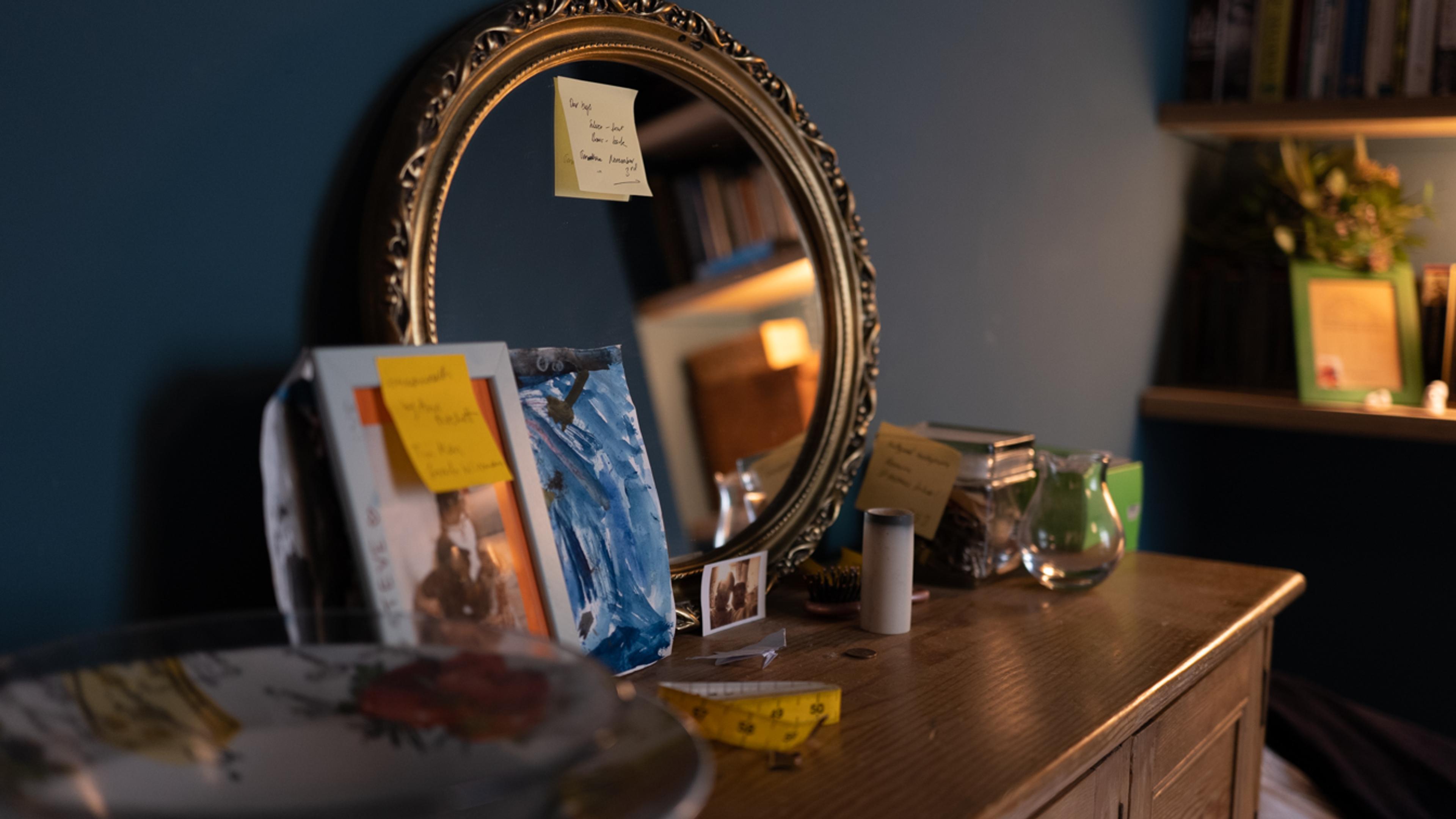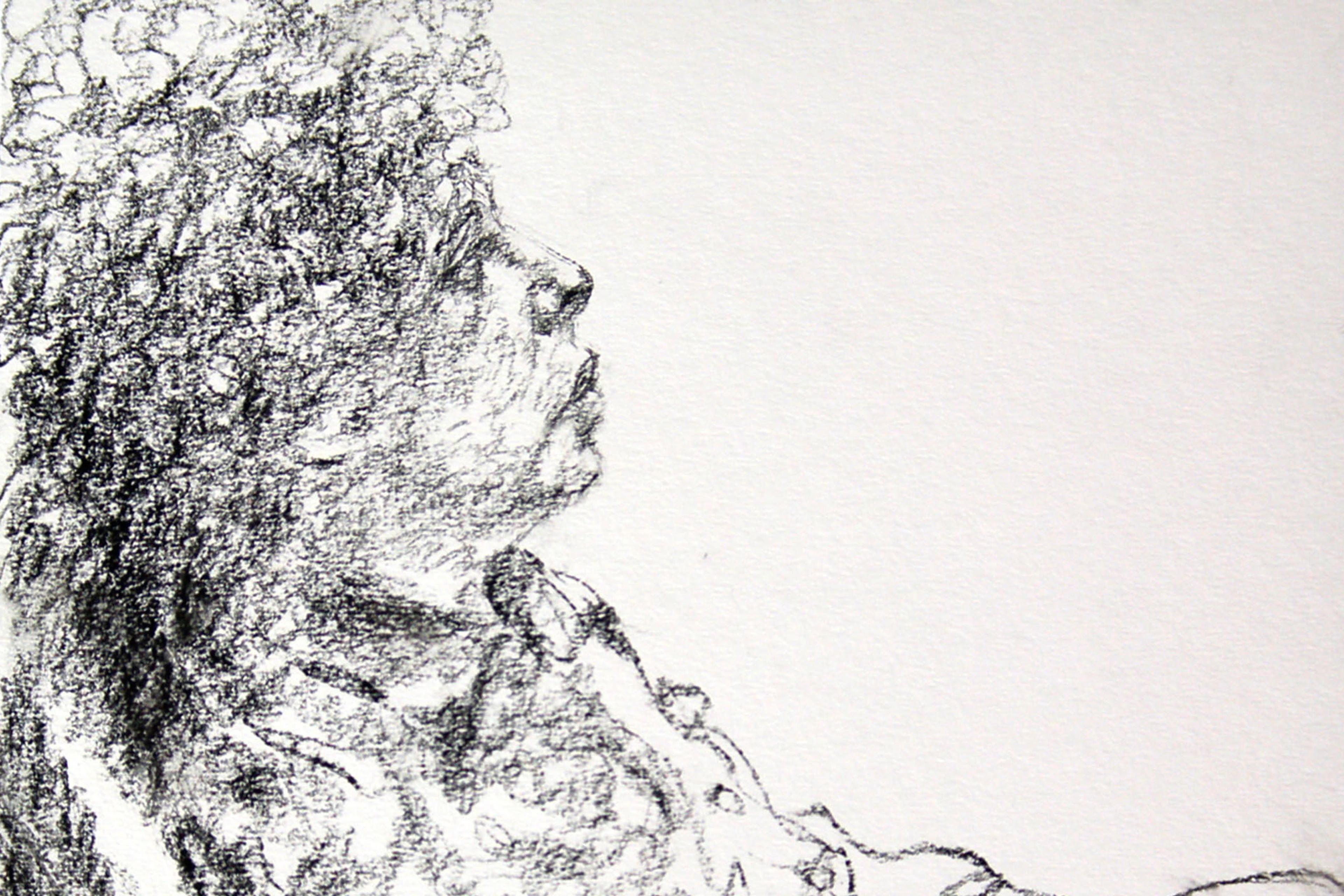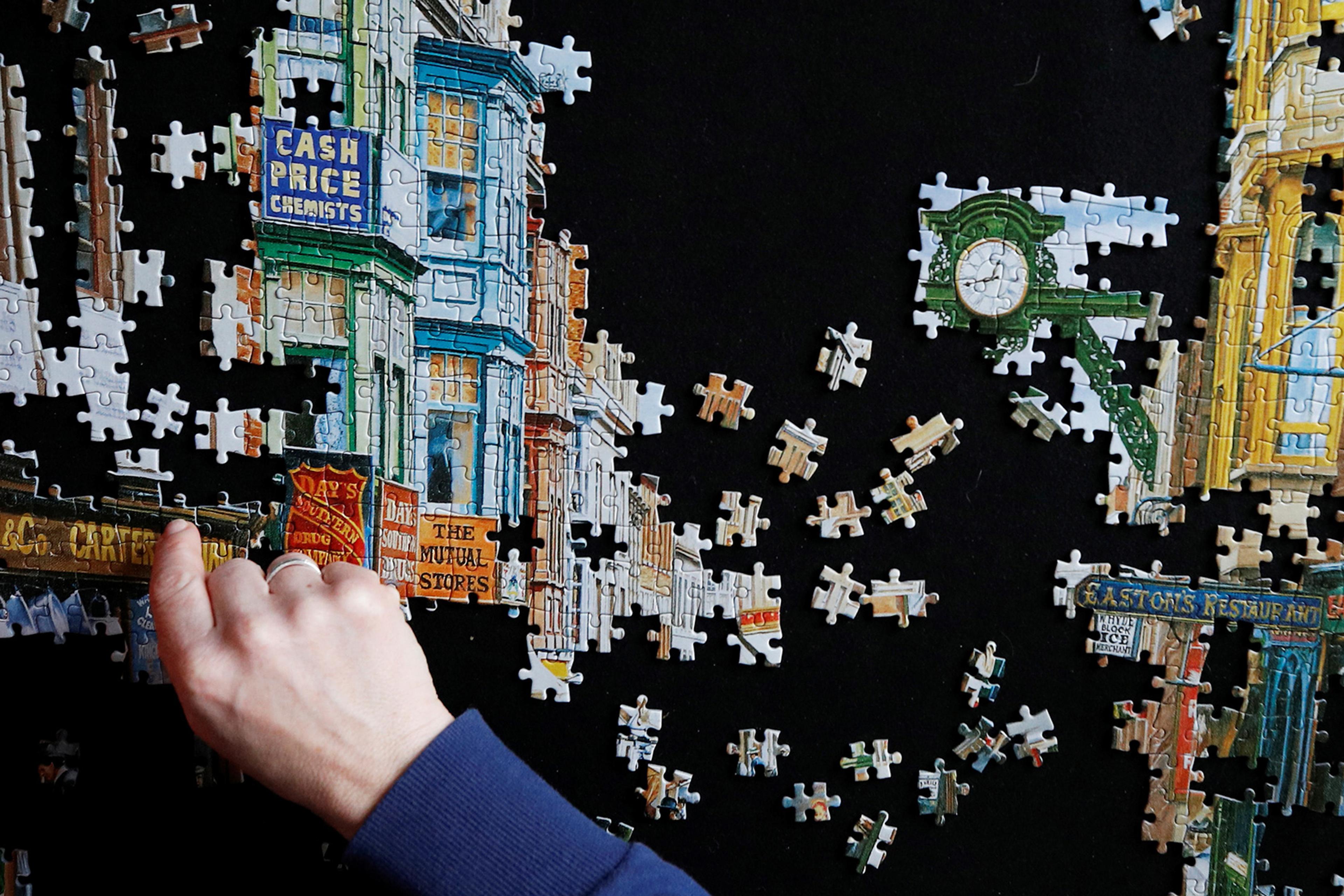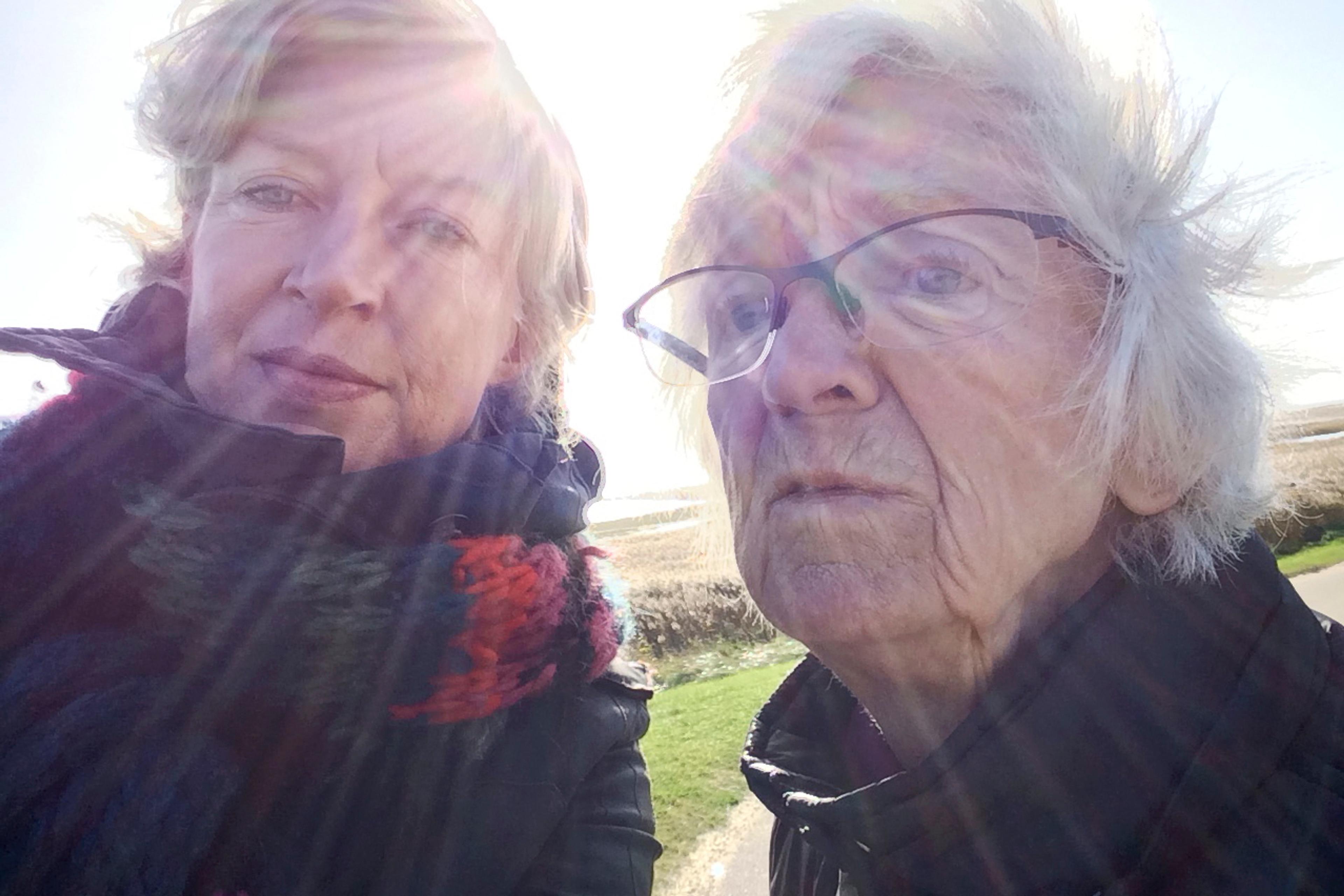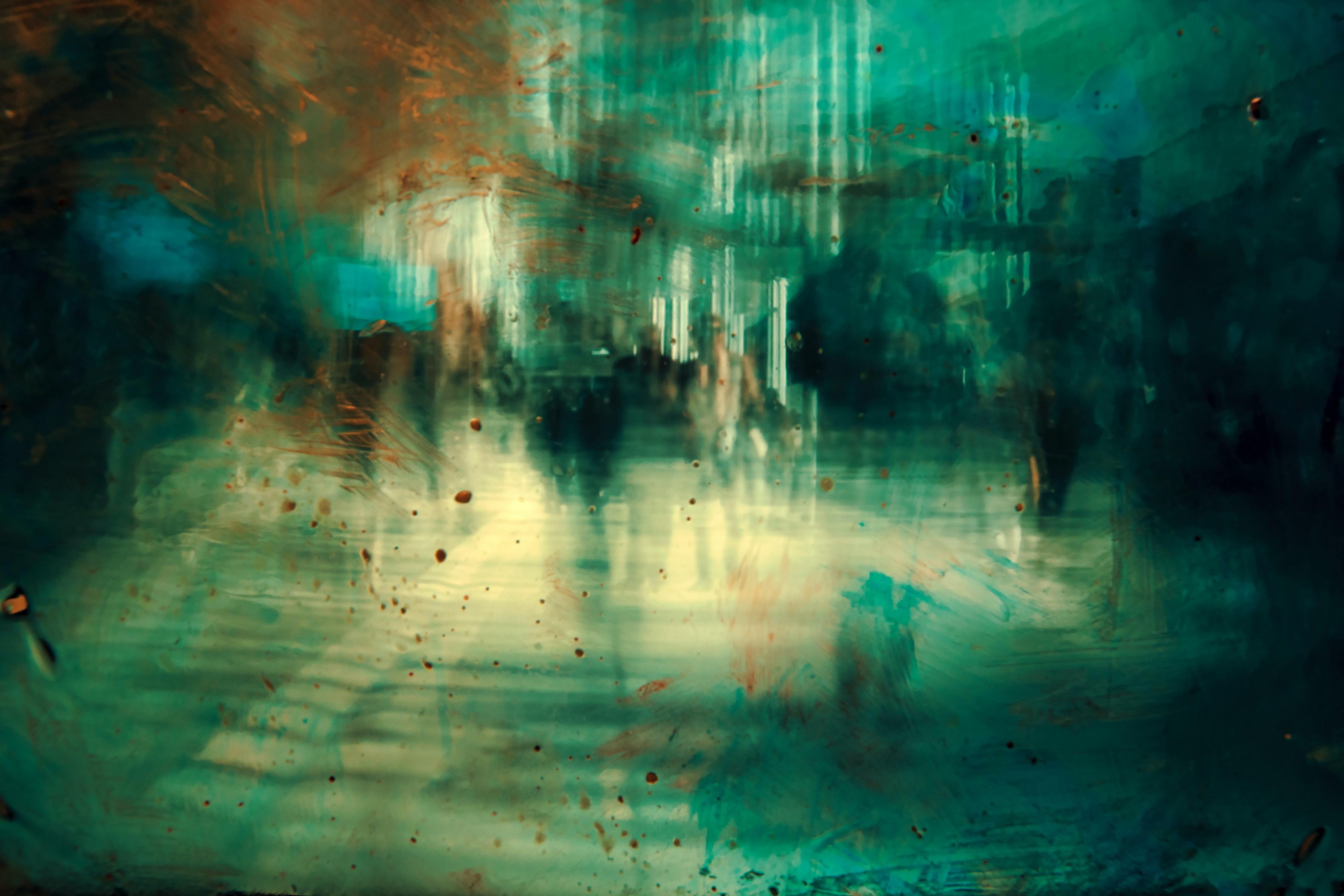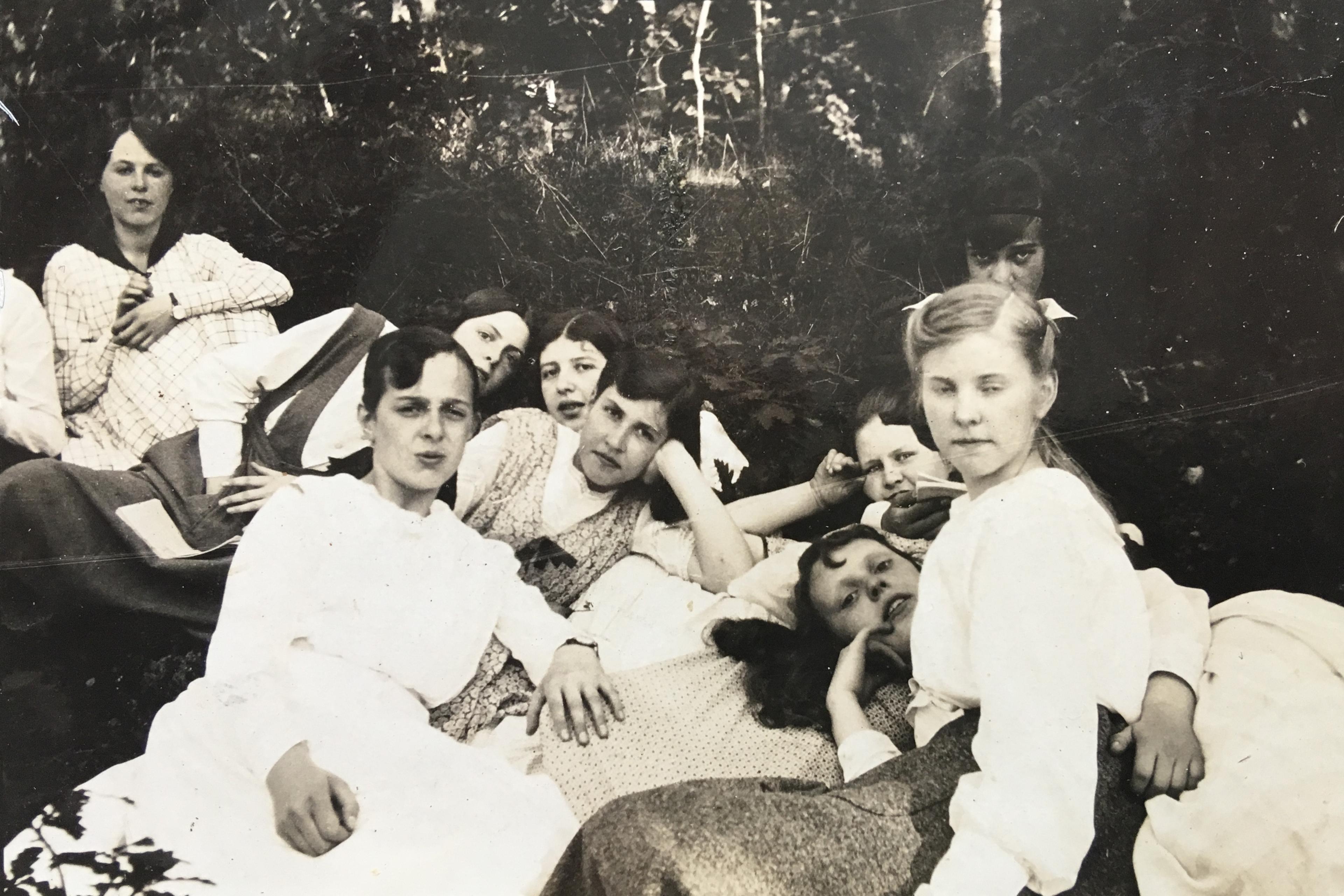People who perform prodigious feats of memory (repeating a long series of numbers, for example) often make use of a technique called the ‘mind palace’, also known as the ‘method of loci’, the ‘Roman room’ and the ‘journey method’. The technique is ancient – versions are described by the Roman rhetoricians Cicero and Quintilian – and involves imagining a building, such as a palace or house, and associating each item to be remembered with a location in that building. One moves through the imagined structure room by room (thus the ‘journey’), finding the items in question.
I’m caring for my 98-year-old mother Joyce, who’s had increasingly debilitating memory problems for many years. For a decade or two, she managed to compensate for these problems with amazing effectiveness. To a significant extent, her life was arranged to make it possible to function as she remembered less and less. The process – not atypical of people with memory problems, I’m told – indicates that the mind palace is more than imaginary. As she lost the internal structure of memory, the galleries of her mind became literal and external. First systematically, then chaotically, Joyce Abell has used her home here in rural Virginia as her memory.
In some ways we all do this. We scatter photos or significant objects about our space so that, as we move through it, we remember. Most people, walking around their homes, are using the journey method, or at least are potentially on a nostalgic journey among artefacts, into their own past. A memory palace is not just images in our heads, but consists of things in our built environment.
One way Joyce held on to her memories was with the use of Post-it notes. For a decade or more, she wrote down everything she wanted to remember – people’s names and phone numbers, appointments, movies she wanted to see, books she wanted to read, quotations to be read aloud at her memorial service (really), and many other matters. She pasted them all around her desk and up on walls. More and more, every fact required a note, and they proliferated into stacks and piles, most of them no longer visible under the later accretions. Notes with regard to how to operate the television piled up around the television; food reminders from years past accumulated in the kitchen. The notes eventually drifted down over everything. Once she had lost track of a note, a process that has accelerated as her memory has declined, another note had to be made if the same fact was to be retrieved. And so on.
The worst fight I have had with her since my teen rebellion circa 1973 occurred about two years ago, after I stared at the accumulations of notes and decided that Something Must Be Done. I gathered them all up. Twenty of them or so just said ‘John Williams, Cavatina’, to denote a particularly beloved piece of music. I reduced this to one note and threw away the rest, along with hundreds of others (and also many slips of paper and envelopes with similar notes). My goal was to preserve all the information nuggets, in one iteration each. I tried to talk her through it as I did it, but I also felt I had to do the actual disposal while she wasn’t looking, or it would never get done at all. Joyce has always been a relatively neat and organised person, and I had the notion that she would ultimately appreciate the intervention.
When Joyce saw the result, she freaked out. She cried on and off for some days. She was certain that there were people whose names and addresses she had lost in the process, that now could not be retrieved. She didn’t even know who, just that people were being lost, that there were people she loved that she could never contact again. An awful paradox of memory: you might have the sense that you’ve forgotten, but you’ve forgotten what it is that you’ve forgotten.
I really tried to make sure that no information disappeared. But it was as though I had smashed a window, letting a wind roar through her mind palace, disarranging everything. It had to be done, I thought (and think), but she experienced it directly as a loss of her self. One morning a couple of months later, she recounted a dream from the night before. In the dream, she knew there were people who loved her and whom she loved, but she couldn’t remember their names and didn’t have any way to get in touch with them. She had lost everybody. ‘Then everything just went dark.’ She was crying. It was more than a dream.
She experiences every change to her house as a change to her self
She needs more help, I concluded as I consolidated the notes, and my kids and I have been living with her on and off, or in shifts, since then. That means that people are here, rearranging her pots and pans and her furniture, to some extent, so we can do what needs to be done (cook for her and also work remotely, for example). The process of change has gotten somewhat easier; she has grown more flexible as time has gone on. But there has also been a lot of sadness and anger, because there has been a lot of loss. She feels that she has lost each thing that gets moved, and a bit of her self besides.
I think, in some way, she experiences every change to her house as a change to her self, and I think that, in imagination and in reality, with dementia or without, there is no firm distinction between who we are and where we are. Our places and ourselves are not fully distinct. Well, this is not surprising, as I am even now sucking the place I am into my lungs and then releasing part of my self back into the atmosphere in exhalation. As I flow through my environment, it is flowing through me. The relation or even non-distinctness of people and the places they occupy is a subject of interest in contemporary psychology, practical ethics, and international relations, which is more and more concerned with the identity-compromising effects of the loss of one’s home.
The 17th-century philosopher John Locke argued that memory is essential to personal identity. Say you’re a person in her 60s. What makes you the same person as you were when you were a teenager, even through all the changes? Locke argued that it can only be the relatively steady and consistent flow of memory. The 60-something remembers many things about the teenager – her first love, her favourite pet or book or song – in a way or to a degree that no one else can. For my mother, as the flow of memory is compromised, and as she fills in blank spaces in her life with suppositions, she knows her selfhood is threatened. ‘Sometimes,’ she told me the other day, ‘I forget who I am and what I’m supposed to be doing.’ Holding on to her notes was holding on to her self.
Again, memory is not only a mental operation: it typically makes use of the environment and the artefacts embedded in it. The first thing you do when you try to remember where you put your phone is to look around the room. At any rate, memory is now being externalised massively, as information technology. We remember now by Google, calendar apps, iPhone notes. Joyce never quite got up to the information age, though she emailed until a couple of years ago. Maybe the Post-it notes of the next generation of seniors (me, for example) will be electronic, though I think our memories are still inextricable from physical space, and that physical space has a different relation to memory than does imagined space.
This is how human personality fragments: as it frays, it extends into the world
So I think my mother’s experience shows something about how we all remember: with the help of places and objects – real or imagined, made of paper or code (but in her case, particularly, real and made of paper). We might think of this as a key example of what has been called, in philosophy, the extended mind hypothesis, put forward by figures such as Andy Clark, David Chalmers and Mark Rowlands. To simplify an elaborate set of ideas: we think by means of our environments, and ‘external’ objects are part of our personalities. We see this all the time everywhere, I think, but particularly in situations where internal memory is disintegrating. By serving as receptacles for personal memory, our objects, and the rooms in which they are contained, shape and hold our sense of who we are.
My mother’s memory went from being an imagined place or palace inside her to being largely identical to her physical environment. The process of remembering got steadily externalised over a period of 20 years. Perhaps this is how human personality fragments or disintegrates: as it frays, it extends into the world, even desperately, and alters it, rearranges it into a memory hoard. It wasn’t only the notes, after all: if self is memory, her house and its every artefact – every print and every spatula, every earring and every room – is in her, as she is in it. But then, the real place too is in constant change. It blows away bit by bit, yellows, erodes. Your son comes and rearranges or empties it, and you are lost.
As things that remember, perhaps humans disintegrate from inside outward, until we are no longer distinct from our environments. Slowly, our memories and the world become the same, and we at once cease to exist and expand into everything.
